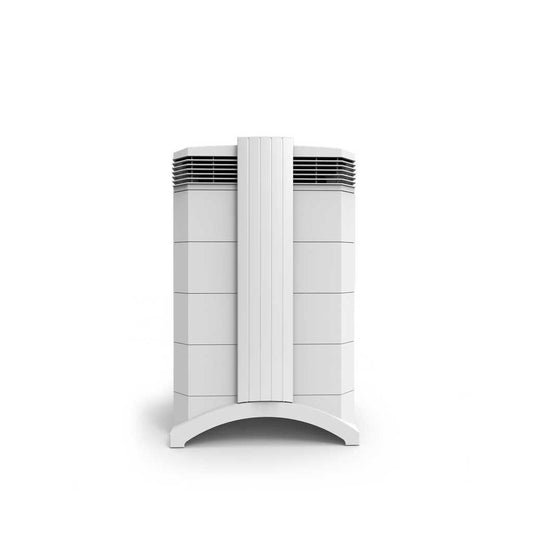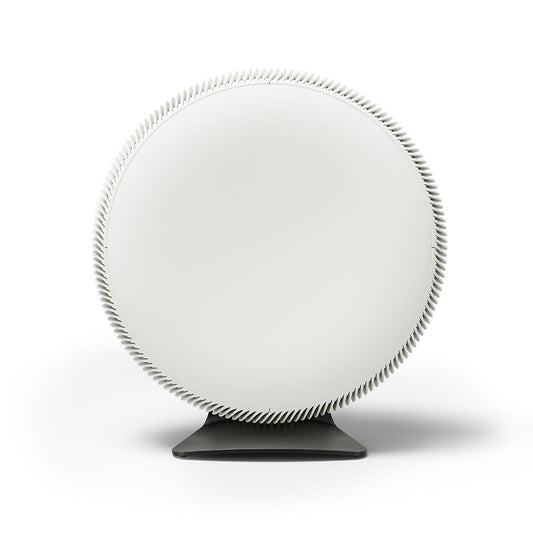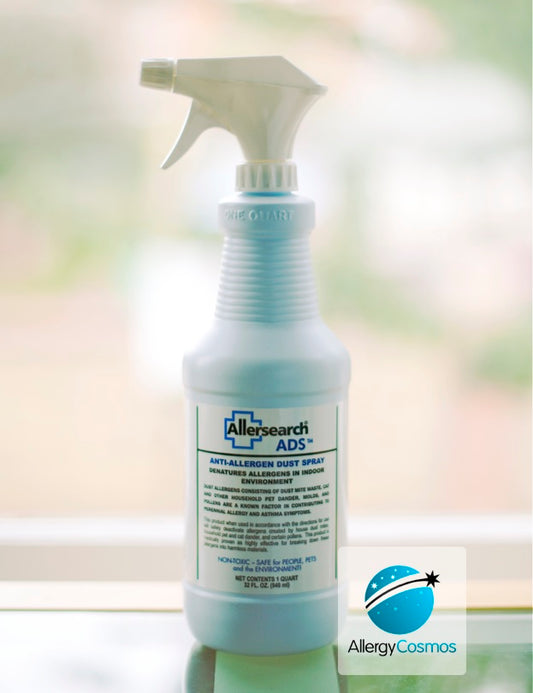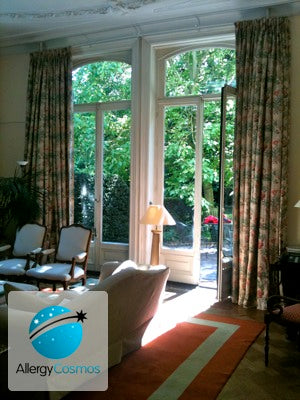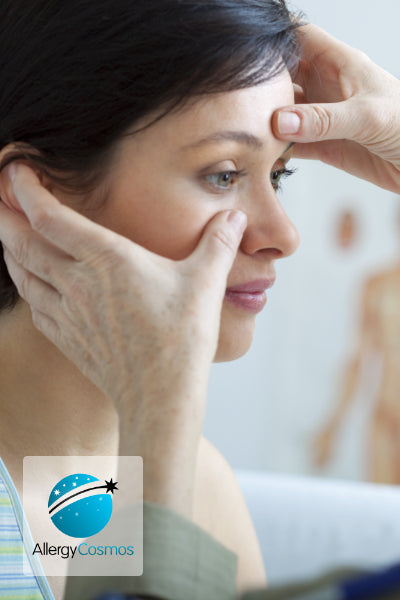
Allergy Air Purifier
An allergy air purifier can significantly reduce the levels of allergens you are exposed to and thus help you to control your allergy symptoms throughout the year.
A good allergy air purifier is designed to reduce dust, house dust mite, pollen, mould spore and pet dander allergens. This article will discuss all the information you will need when purchasing an allergy air purifier.
Frequently Asked Questions
Allergy Triggers
Peformance
Suitable Technology
Other Considerations
Recommendations
Do air purifiers work for allergies?
What air purifier is best for allergies?
What is better for allergies humidifier or air purifier?
Can allergy air purifier cause breathing problems?
Where is the best place to put an allergy air purifier in a room?
Related Products
-
IQAir HealthPro 100 Air Purifier
Regular price £899.00Regular priceUnit price per -
IQAir Atem X Air Purifier
Regular price £1,349.00Regular priceUnit price per

